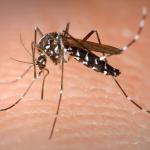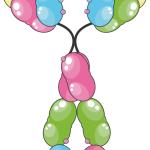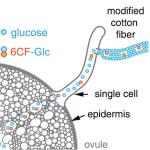A review paper (1) recently found that organic crop yields are 19-25% lower than conventional systems.
Biomedicine & Biotech
Alzheimer’s Disease is so frustrating to its victims, their caregivers and to physicians and scientists looking, at this point, vainly for effective treatments.
A salmon that grows slightly faster than other salmon,
During a panel discussion I was once asked, if I could change one thing about agriculture in Canada what would it be? My answer, I would remove labels.
Suicide prevention is an inexact intervention. People who have attempted suicide previously, make plans to commit suicide, or talk about committing suicide are often considered high-risk.
Spend enough time with another person, and you begin to pick up their mannerisms. Such behavioral "synchronization" is a mechanism by which we build social cohesion.
Should you be unfortunate enough to suffer from asthma, things are looking up. There are new biological therapies out there that "attack" asthma in novel ways. They are effective and are badly needed.
While there are legions of plant researchers dedicated to the idea of using GMOs to maximize food production, there's a lesser-known syndicate of scientists trying to cultivate a different outcome: increasing plant output of biofuels.
Someday, everybody will be wearing smart clothes -- not just clothes that look dapper, but are able to sense the environment and the body's vital signs, perhaps then pinging the data to your wrist watch or doctor.
Ancient documents decay over time. Understanding the underlying cause of the deterioration is obviously necessary to prevent or reverse it.












